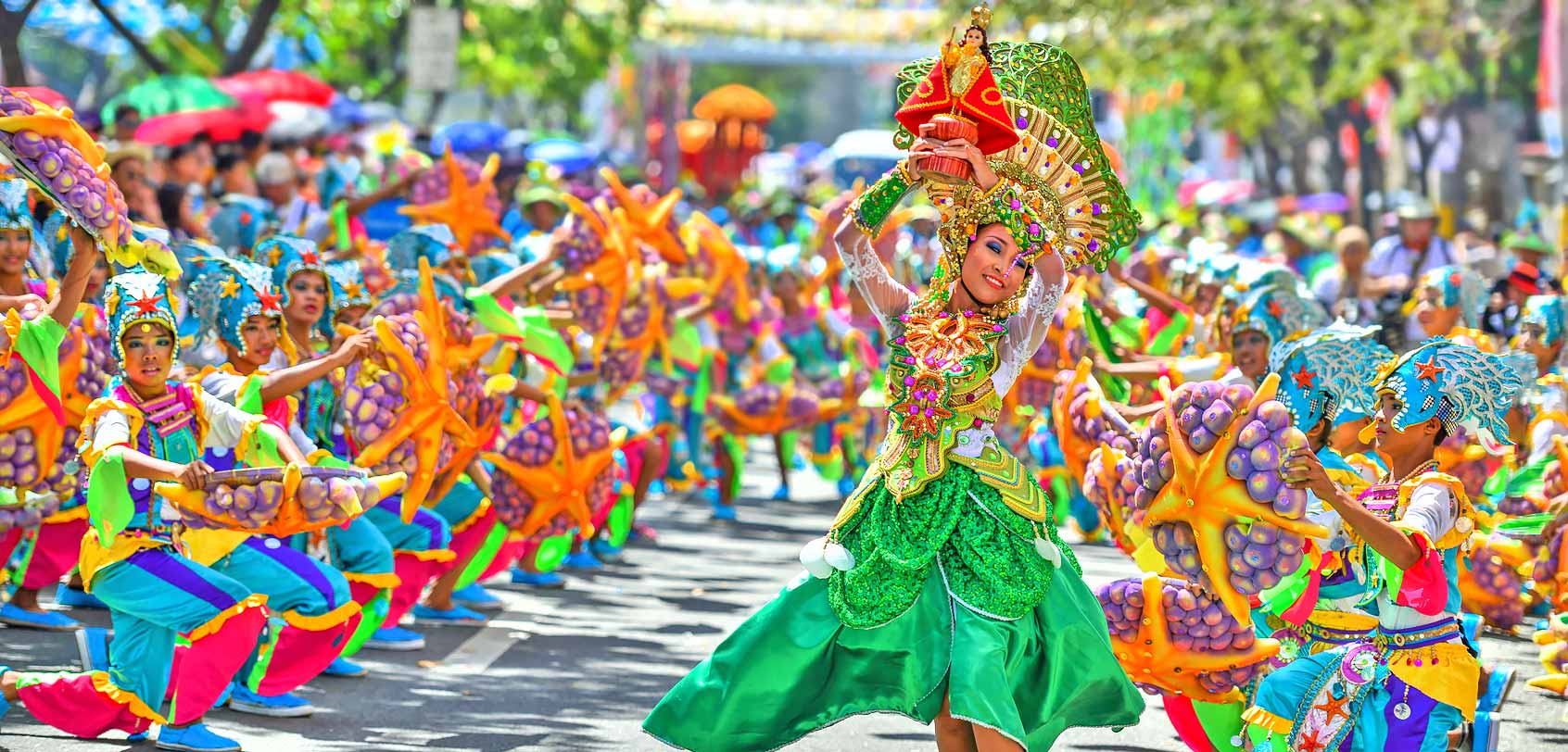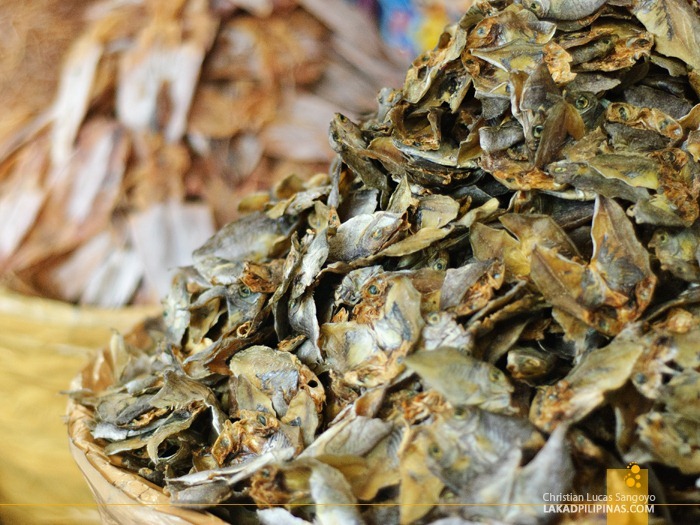MUST VISIT SPOTS IN CEBU
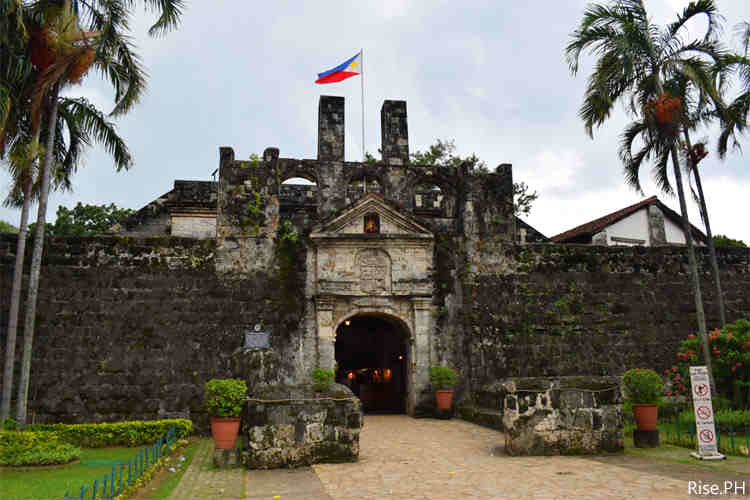
1)Fort San Pedro
Visit Fort San Pedro or Fuerza de San Pedro to have a glimpse of Cebu’s rich history. The work on the fort was first started on May 8, 1565 by Spanish and indigenous Cebuanos under the command of Miguel López de Legazpi. Fort San Pedro is located in Plaza Indepedencia in the pier area of Cebu City. With an entrance fee of only P30, you can already tour inside the fort and travel back in time to the first Spanish settlement in the Philippines.
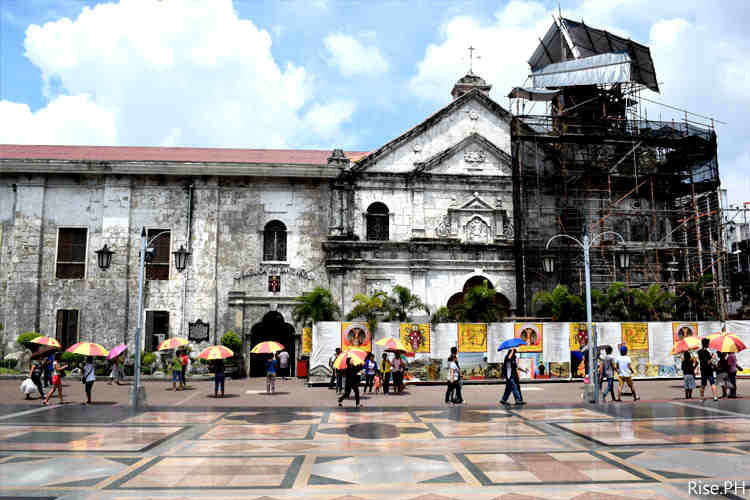
2) Basilica del Santo Niño
A tourist who would love to experience a piece of the Family's Rich history should dine at Don Mariano's Garden Cafe with dishes passed on by their great-grandparents. They have yummy local fares as well as a selection of international dishes.
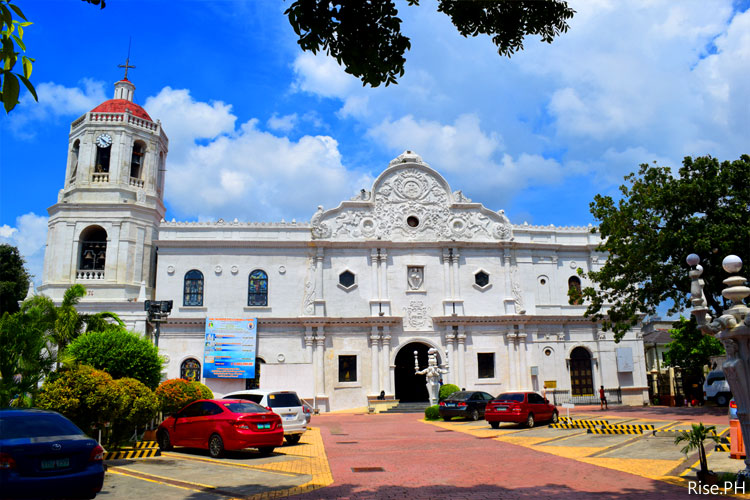
3) Cebu Metropolitan Cathedral
Still near Fort San Pedro and Sto. Niño Church is another Catholic church that you should not miss to visit while in Cebu City. The Cebu Metropolitan Cathedral, also called as The Metropolitan Cathedral of the Most Holy Name of Jesus and St. Vitalis, is the ecclesiastical seat of the Metropolitan Archdiocese of Cebu. The cathedral was first constructed in 1689, completed in 1909, and rebuilt in 1950 after it was almost destroyed during World War 2.

4) Magellan's Cross
Located next to Sto. Niño Church, is the chapel where the Magellan’s Cross is housed. The Cross is a Christian cross planted by Portuguese and Spanish explorers led by Ferdinand Magellan upon arriving in Sugbu (the former name of Cebu) to celebrate the Roman Catholic baptism of Rajah Humabon, his wife Queen Juana, and some of their followers on April 21, 1521.
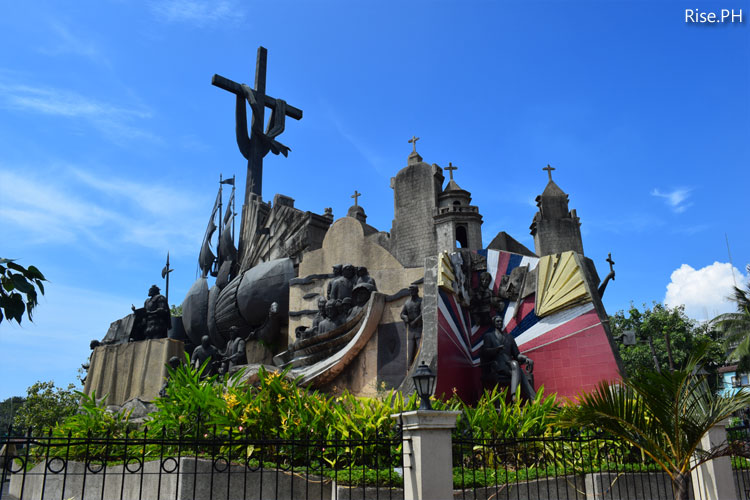
5) The Heritage of Cebu Monument
A short walk from Cebu Metropolitan Cathedral, you will find the prestigious Heritage of Cebu Monument. Located in the original Plaza Parain in Colon Street, Cebu City, the landmark is a tableau of monumental sculptures showcasing the most important events in the history of Cebu from the time of Rajah Humabon to the recent beatification of Cebuano martyr Pedro Calunsod. The monument is a work of national artist Edgardo Castrillo. It was started in July 1997 and inaugurated on December 8, 2000.

